Binding System 2 – A Practical Data Binding Solution for Unity
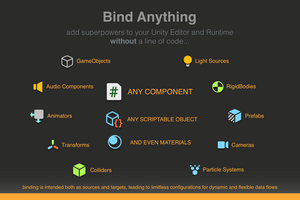
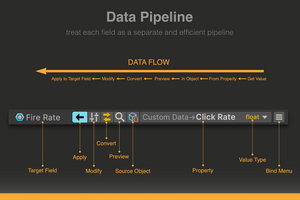
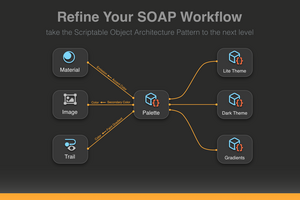
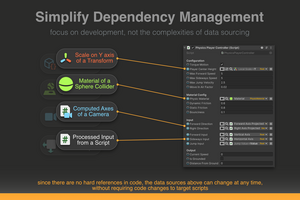
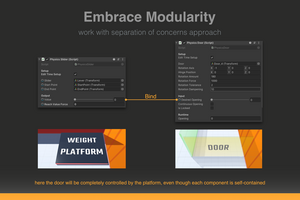
Hi everyone,
I’m excited to introduce Binding System 2, an improved version of the original Binding System. If you need an efficient way to link properties and fields—no matter how deeply nested—directly within the Unity Inspector, this tool can make your workflow much smoother. It simplifies data binding and helps you structure projects more effectively.
Why Binding System 2?
At first, it might seem like a small feature, but once you start using it, you’ll see how it improves your project organization. Here are some ways it can be useful:
- UI Systems – Link UI elements to centralized config files like themes, palettes, and labels with real-time updates—without entering Play mode.
- Modular Code – Enable scripts to interact without hard dependencies, such as 3D sliders controlling doors, motors adjusting pressure, and switches turning on lights.
- Dependency Injection – A granular DI system makes your components more reusable and adaptable.
- Scriptable Object Architecture – Bind deeply nested properties and switch them dynamically, ensuring compatibility with Unity's Scriptable Object Architecture Pattern (SOAP).
- Game Logic-Driven Effects – Adjust particle system colors based on a character’s health or modify a material’s glow based on temperature.
- Adaptive Materials – Link shader properties to gameplay variables (e.g., metal heating up and glowing red at high temperatures).
- Smart Light Adjustments – Modify a flashlight’s intensity based on battery life.
- And that's just the beginning! Whether you're setting up a flexible UI, designing interactive gameplay, or making your code more modular, Binding System 2 helps you connect everything smoothly and efficiently.
How to Get Started
Setting it up is straightforward: ✔ Import the asset. ✔ Right-click on a field in the Inspector. ✔ Select "Bind Field" to create your first bound property.
From there, you can fine-tune bindings with:
- Converters – Modify values in real time.
- Modifiers – Apply simple yet effective data transformations.
- Accessor Providers – Unlock advanced property handling capabilities.
Key Features
⦿ Quick Data Binding – Connect serialized values to properties (even non-serialized ones) directly in the Unity Editor without coding.
⦿ Two Binding Methods – Bind fields directly in the Inspector or use code-driven bindings for better performance.
⦿ Non-Destructive Bindings – Keep your data intact without altering existing code structures.
⦿ User-Friendly Interface – A clean UI with a searchable dropdown menu for easy configuration.
⦿ Real-Time Debugging – Live Debug tools and error visualizations help track data flow during runtime.
⦿ Custom Extensibility – Extend functionality with custom converters, modifiers, and value providers.
⦿ Optimized Performance – Designed for efficiency, with optimized reflection and low memory usage.
A Practical Tool for Developers
Binding System 2 isn’t just a convenience—it provides a more structured way to manage dependencies in Unity projects. It solves common data binding challenges and helps keep your code modular and maintainable.
For more details, check the documentation, including instructions on how to enable sample projects.
I’d love to hear how you’re using Binding System 2 in your projects. Let me know your thoughts!
Get Binding System 2
Binding System 2
Link any field to any other compatible field or property out of the box, without adding a line of code!
| Status | Released |
| Category | Tool |
| Author | ggpostica |
| Tags | architecture, binding, data, inspector, No AI, performance, reflection, soap, system, Unity |
Leave a comment
Log in with itch.io to leave a comment.